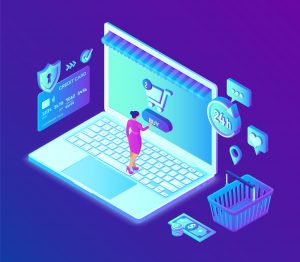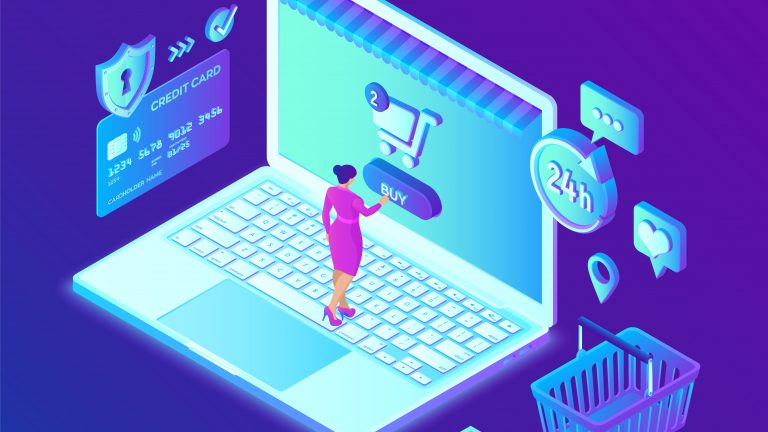Procurement software offers numerous benefits to business owners by enhancing efficiency, efficacy, and performance in procurement strategies. It automates tasks and provides real-time data, allowing organizations to track and optimize indicators such as quantity, quality, costs, timing, and sourcing. The software enables better planning, sourcing, negotiation, risk management, and compliance. It also provides insights into supplier performance, contract management, and spend visibility.

Procurement automation software redefines efficiency and savings
By leveraging procurement software, business owners can manage supplier relationships, streamline supply chains, and respond to market challenges. Furthermore, procurement software can digitize the entire procurement process, eliminate bottlenecks, and minimize lead times and process delays. Overall, procurement software empowers organizations to achieve better outcomes by focusing on key indicators that drive success in the procurement function.
Procurement software assists in selecting the right supplier by providing tools for supplier evaluation, performance tracking, and onboarding. It enables businesses to analyze supplier data, such as pricing, quality, and delivery performance, ensuring informed decision-making. The software streamlines the supplier selection process by automating tasks like supplier onboarding and contract management, enhancing efficiency, and reducing manual errors.
Key Benefits of Procurement Automation Software
- Centralizing Data: the software centralizes all procurement-related data, including supplier information, contracts, and sourcing events, in one platform. This eliminates the need for manual data entry and searching through multiple systems, saving valuable time.
- Automating Processes: the software automates various procurement processes, such as supplier onboarding, request for proposal (RFP) creation, and bid analysis. This reduces the time spent on repetitive tasks, allowing procurement professionals to focus on strategic activities.
- Facilitating Collaboration: procurement software enables real-time collaboration among team members, suppliers, and stakeholders involved in the procurement process. This eliminates the need for lengthy email chains and manual coordination, speeding up decision-making and reducing communication delays.
- Instant Sourcing Events: the appropriate software allows businesses to conduct instant sourcing events, which expedite the sourcing process and achieve immediate cost savings. By leveraging technology platforms, businesses can identify potential suppliers, analyze offers received, and make informed decisions in a shorter time frame.
- Providing Valuable Insights: the software generates reports and analytics that provide valuable insights into supplier performance, cost savings, and procurement metrics. These insights help businesses make data-driven decisions quickly, without the need for extensive manual analysis.
By providing real-time data and analytics, procurement software enables businesses to make informed decisions. It allows for better planning, sourcing, and negotiation, while also managing risks and ensuring compliance with legal requirements. The software enhances value analysis by providing insights into supplier performance, contract management, and spend visibility.
Sourcing Events
Special attention should be given to sourcing events. Instant sourcing events are a type of procurement strategy that allows businesses to quickly find and engage suppliers based on set criteria. These events are designed to expedite the sourcing process and achieve immediate cost savings and value for goods and services. Instant sourcing events involve real-time negotiations, leveraging technology platforms, and utilizing pre-negotiated contracts. By streamlining the sourcing process, businesses can efficiently connect with suppliers and make informed purchasing decisions in a short period of time.
Overall, procurement software empowers organizations to improve their procurement processes and achieve better outcomes by focusing on key indicators that drive success in the procurement function.
